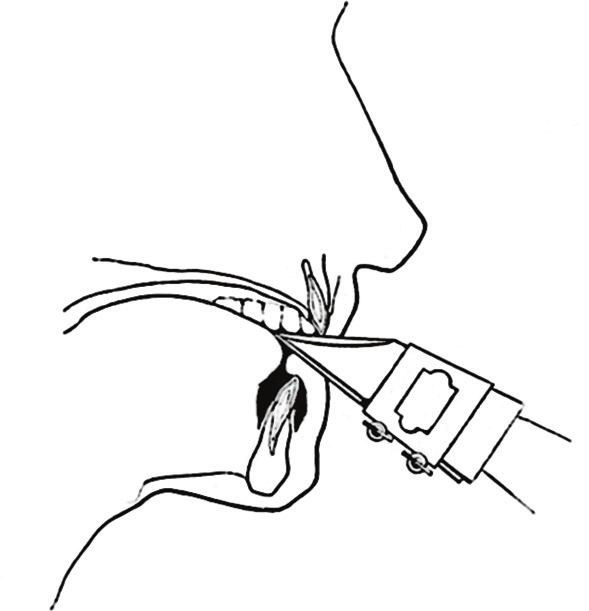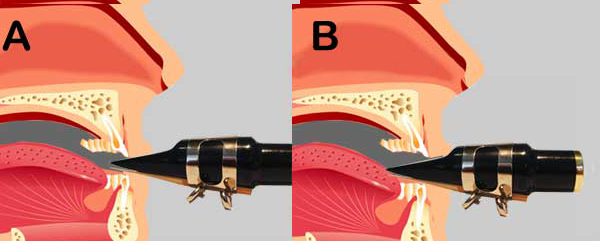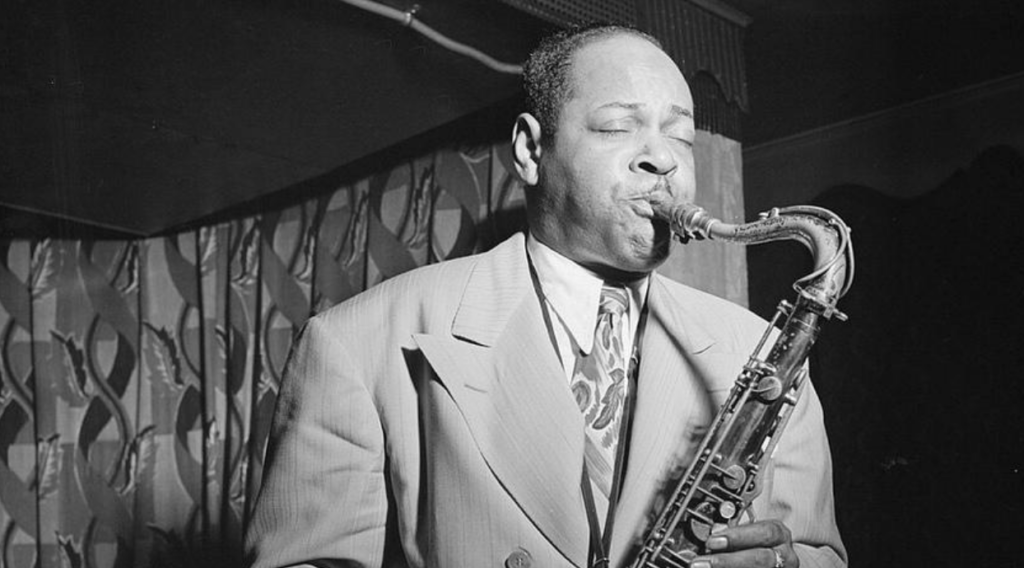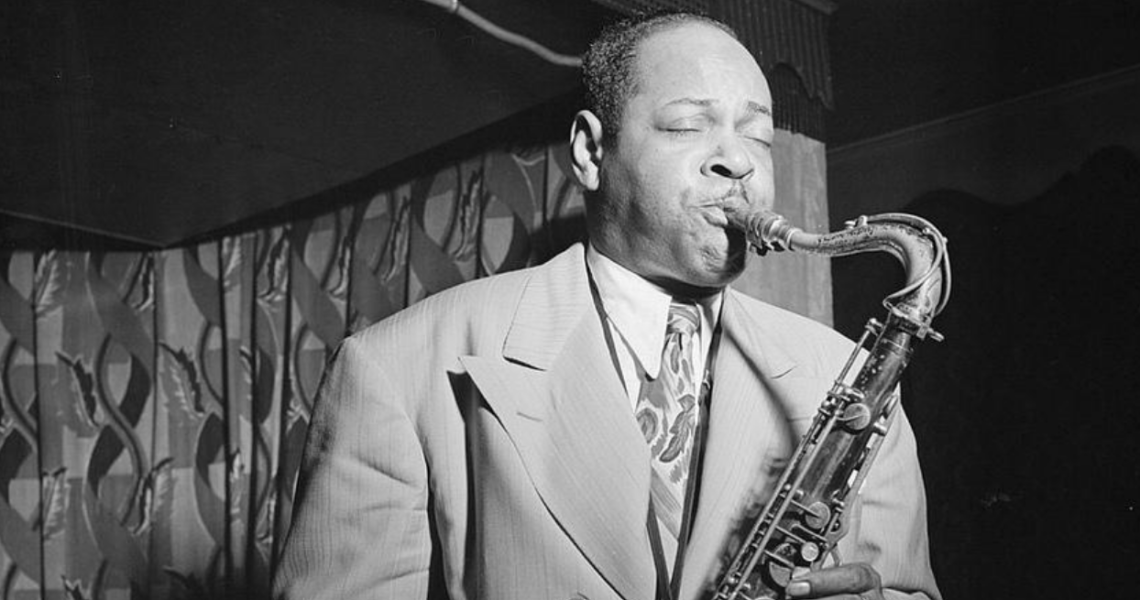First of all, we need to understand what embouchure means. Basically, the saxophone embouchure is the way a player places his/her mouth, more specifically lips and teeth, on the mouthpiece to play the saxophone.
There’s more than one way to do this and not a single “correct” one. So, let’s explore the world of the saxophone embouchure.
What is a saxophone embouchure and why is it important?
A proper saxophone embouchure makes the difference between a beautiful and unique tone to an unpleasant one, and overall, what makes an audience connect with the artist is his/her tone.
So, since the tone is so critical, achieving a correct embouchure that ensures you can play beautiful saxophone music is one of the main skills you need to develop as a saxophonist.
If you ask how to do a good embouchure on a saxophone? The answer is it will depend on what feels more comfortable for you while allowing you to achieve the best results.
What is the correct saxophone embouchure?
There’s not a “correct” and a “wrong” embouchure, it is more a skill you build over time and with practice. Here’re some factors to take into consideration while developing your correct embouchure.

Saxophone mouth position
How should your lips be shaped when playing your saxophone? This is a common question and to answer it let’s describe how to form the embouchure.
You’re going to place the mouthpiece into your mouth and your top teeth are going to be in contact with the top of the mouthpiece while your bottom lip is going to be placed between your bottom teeth and the reed to act as a cushion for the reed to vibrate on. You can achieve this by bringing the corners of your mouth in..
Jaw alignment
Normally, the natural alignment of the jaw is of a slight overbite, but some people have natural underbites.
To be able to play the saxophone you should strive to have an even jaw alignment without overbite or underbite by pushing your lower jaw forward until your lower teeth align up with your upper teeth.
Upper lip and top teeth position
When you search “how should your lips be shaped when playing your saxophone?” There’s a lot being said about your lower lip, but the upper lip is barely mentioned.
In our research we did find some information stating that the upper lip, contrary to the lower lip, should not be covering your top teeth.
You should simply rest your top teeth on top of the mouthpiece and let it support some of the weight of your head while you play.
Bottom lip cushion
As we’ve established before, you need to sit the bottom lip between the reed and our bottom teeth to act as a cushion to allow the reed to vibrate on.
Rolling your lip completely over your teeth could result in a thin sound because there’s not enough cushion so, depending on your type of lips you need to identify the best placement for your specific case.
Lower teeth position
To avoid hurting your lower lip while cushioning the reed and causing pain and damage, your lower teeth should always be as far away from the mouthpiece as possible.
This will keep the oral cavity open and unrestricted. There are also exercises to strengthen your chin muscles to help you support your lower lip.
Embouchure corners
You should avoid pulling back the corners of the embouchure, as if you’re smiling, and instead focus them inward to provide support to the upper and lower lips, therefore enabling maximum vibration of the reed.
Keep in mind that too tight corners will block the reed’s vibration.
Overbite/underbite
Saxophone embouchure for people with more pronounced overbite (B) will need to be adjusted to place their top teeth further into the bite plate to achieve the same lower lip position as someone with an underbite (A).

Tongue position
The way you position your tongue will affect your saxophone embouchure, so it’s important to find the perfect tongue position.
To allow air to flow smoothly you should curve your tongue to mimic the shape of an airplane’s wing.
A way to achieve this is by forming the word “ew” when blowing air into your mouthpiece.
Mouthpiece curve
Although famous instructors have advised that to achieve the correct saxophone embouchure you need to place your lower lip at the point where the mouthpiece curve is angling away from the reed, there’s not an exact way to measure this because mouthpieces come in different lengths of the curve.
The single lip embouchure
One of the most popular saxophone embouchure styles is the single lip embouchure and it involves tucking your bottom teeth under your lower lip until your teeth are covered, then you proceed to close your lips and place the mouthpiece in your mouth to form an airtight seal by pressing the corners of your mouth and your top lip against it.
The lips should make the seal instead of biting down on the mouthpiece.
Play the saxophone without puffing cheeks
It is considered a bad habit to puff your cheeks while playing the saxophone and this is a common problem among beginners.
A way to stop that from happening is by pulling the muscles around the corners of your lips toward the mouthpiece as you play.
This will take some training and practice time to dominate, but it’s achievable.
Embouchure tips for beginners
Beginners will find many techniques, advice, and exercises to achieve the perfect saxophone embouchure for beginners.
However, this is a skill that needs to be developed over time because what works for someone may not work for you.
There are methods that may be easier than others, but there’s not a “best” or “worse” one, it will depend on what feels more comfortable and allows you to produce the best quality sound you’re aiming for.
What you as a beginner should keep in mind is finding a placement that provides enough support for the reed to vibrate correctly, also placing the embouchure inward and not pulled back, and blocked sound means too tight corners which are restricting airflow.
Saxophone embouchure Strengthening Exercises
If you’re interested in learning how to strengthen your sax embouchure you will notice that new saxophonists may find the process of strengthening the embouchure tough in the beginning and require a few exercises to build up strength.
For example, close your jaw and allow the bottom and top teeth to make contact, but don’t clamp your jaw shut.
Now push your upper and lower lips tightly against one another forming a straight line with your lips. Hold it for five seconds and gradually increase the time.
Another exercise is by keeping your teeth together and then slowly opening the jaw but with your lips closed.
Open your jaw as far as you can and hold the position for a set time.
The more frequently you perform these exercises the more progress you will show, therefore you will be able to strengthen your saxophone embouchure.
If you stop doing them altogether you risk losing the progress you’ve gained.
How to loosen my saxophone embouchure?
A too-tight embouchure can cause your saxophone to sound strained and smaller, affecting the overall quality of the music.
A way to loosen your saxophone embouchure is by exercising a sustained reference pitch like a tuner note and then keeping a straight tone, good tongue position and solid air support throughout the whole exercise. Your lips will gradually relax, loosening the embouchure.
Embouchure for different types of saxophones (soprano, alto, tenor, bass)
Regarding the different types of saxophones, the embouchure will be affected based on the mouthpieces.
For example, the mouthpiece of a soprano and alto saxophone is angled slightly downward, while the tenor and baritone have mouthpieces less angled that almost go straight into the mouth.
The air pressure will need to be adjusted because of the ergonomics and the effort required to make the reed vibrate.
However, Baritone saxes require a more open embouchure to produce its characteristic low rumble.
Online there’re a lot of videos and tutorials you can find with everything from alto sax embouchure tips, baritone sax embouchure techniques and how to achieve a good tenor saxophone embouchure.

Is sax embouchure same/similar as trombone, clarinet, or trumpet?
The embouchure of the trumpet is very different from the saxophone’s because, to produce sound from a trumpet, the players use their lips to buzz in a small, focused area and the corner of the lips are kept pulled in tight to help focus the sound and maintain airflow to the mouth. Air pressure variations will increase or decrease pitch.
On the other hand, we have the trombone embouchure which is formed by saying the letter “M” and bringing the lips together while keeping the corners of the mouth firm and in a slight frown.
The most similar one to the saxophone embouchure is the clarinets and the differences are mostly because of the size and angle of the mouthpieces.
Classical saxophone embouchure vs jazz sax embouchure
The embouchure pressure required to play classical music is different from the one required for jazz.
For example, the embouchure pressure most classical players use produces a Concert Ab with the mouthpiece positioned on the neck where it is normally placed when the saxophone is in tune.
But jazz saxophonists require less embouchure pressure to produce a Concert G.
Depending on the style of music you’re playing you should reduce or increase the amount of pressure applied by the lower lip, jaw, and teeth and keep the steady air pressure in the oral cavity.
However, saxophone versatility is recommended, and being able to achieve both classical and jazz embouchure would be a major plus for you as a player.
If interested in starting your journey in jazz music, make sure to check out
our list of 10 Popular Jazz Songs to Learn on a Saxophone!
Saxophone embouchure mistakes
We’ve already talked about puffing your cheeks and how that’s a bad habit and a common mistake.
Another mistake is having a too-tight embouchure because it limits the amount of air that flows into the mouthpiece and causes disturbances to the tone.
However, a too loose embouchure will render you with little control over your saxophone and out-of-tune notes or, even worse, the inability to produce sound.
The amount of mouthpiece you put into your mouth is also important because too much or too little will affect your embouchure, your sound, and tone.
Final thoughts
The embouchure and the mouthpiece are vital concepts you need to grasp when playing the saxophone.
Although there’s not a single correct saxophone embouchure, you should practice and try different exercises and techniques until you identify what works best for you. And that’s what will give you your own perfect saxophone embouchure.

